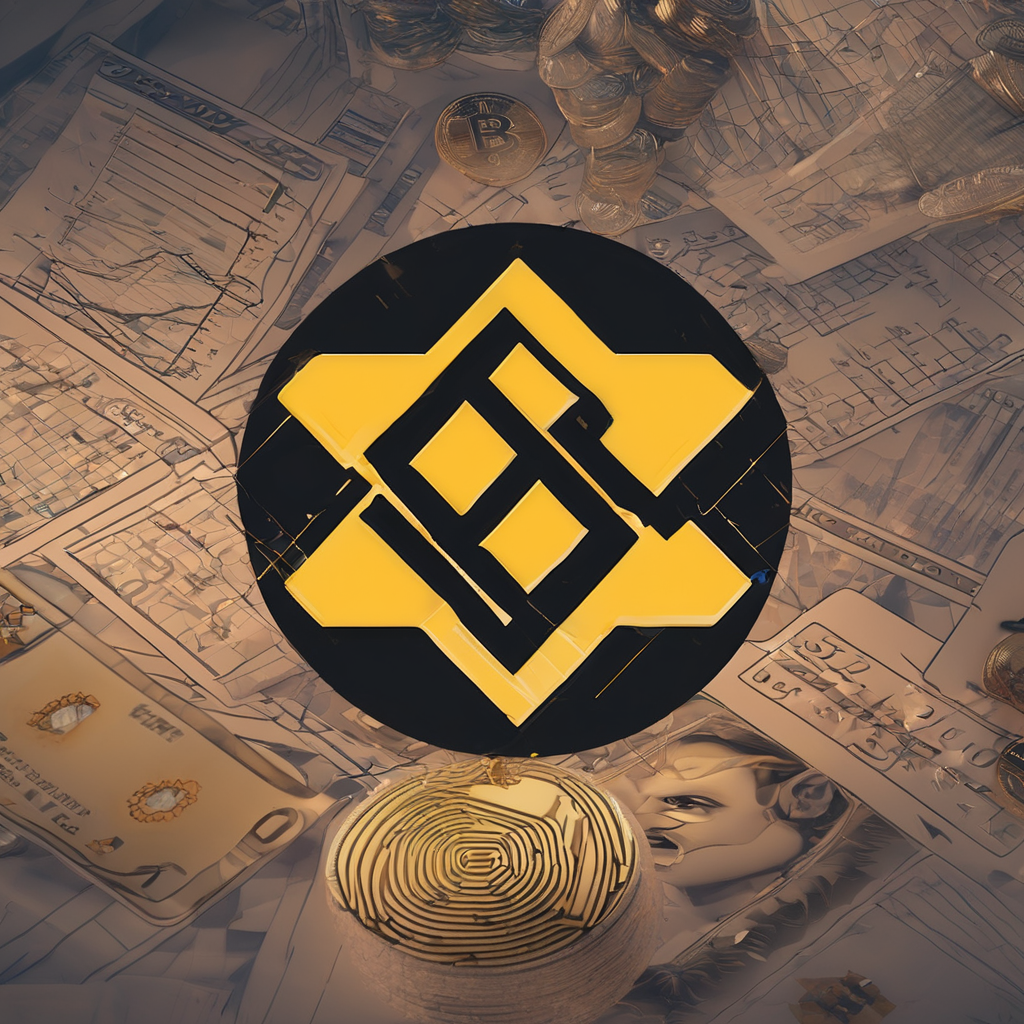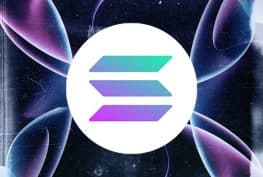Binance Fees 2025: Your Essential Guide to Every Charge
Focus Keyword: Binance Fees
Understanding Binance fees is crucial for every trader looking to keep costs low in 2025. This comprehensive guide explains each fee type, how they’re calculated, and practical strategies to save money, so you maximize your crypto profits and minimize hidden expenses on Binance.
Overview of Binance Fees
Binance remains the world’s largest crypto exchange in user base and trading volume. Every transaction comes with fees that vary by market, your account tier, and activity level. Being aware of these Binance fees helps you plan smarter trades and avoid unexpected charges.
- Trading Fees: Charges for spot, futures, margin, and options trading.
- Deposit/Withdrawal Fees: Costs for moving funds in or out, depending on method and network.
- Margin & P2P Fees: Interest for borrowed funds and small charges for peer-to-peer transactions.
- NFT Trading Fees: Costs for trading digital collectibles on Binance’s marketplace.
Types of Binance Fees Explained
Spot Trading Fees
Spot trading means you buy or sell cryptocurrencies directly. There are two fee categories:
- Maker Fee: For adding liquidity with limit orders (typically 0.1%).
- Taker Fee: For removing liquidity with market orders (also 0.1%).
Paying with BNB tokens grants a 25% discount on these Binance fees, making each trade more cost-effective.
Futures Trading Fees
Futures contracts let you speculate on crypto prices without owning the asset. Binance offers USDT-margined (maker 0.02%, taker 0.05%) and coin-margined (maker 0.01%, taker 0.05%) contracts. Funding rates are periodic payments between long and short traders and can impact your total Binance fees.
Options Trading Fees
Options on Binance involve a premium when buying, an exercise fee if profitable, and small maker/taker fees (from 0.02% and 0.03% respectively).
Deposit and Withdrawal Fees
Bank transfers are typically free or low-cost, while card payments may carry a 1–3% fee. Crypto deposits are usually free, but withdrawals incur network charges depending on the coin and network used, not directly set by Binance.
Margin and P2P Trading Fees
Margin trading involves daily interest on borrowed funds (e.g., 0.02% per day). P2P trades are generally free to buy but may include a small seller’s fee.
NFT Trading Fees
Trading NFTs on Binance incurs a 1% marketplace fee. Creators can also set royalties up to 10% on secondary sales, and minting NFTs involves blockchain network fees.
How to Reduce Binance Fees
There are several ways to lower your overall Binance fees in 2025:
- Always pay with BNB for a 25% trading fee reduction.
- Use limit orders to benefit from lower maker fees.
- Combine smaller trades or withdrawals to avoid multiple charges.
- Choose low-fee or less congested networks for withdrawals, such as BEP-20 over ERC-20.
- Level up your VIP status by increasing your trading volume and BNB holdings for additional discounts.
For more details on Binance’s official fee schedule, visit the Binance Fee Schedule.
Hidden Costs in Binance Fees
Even if you optimize for standard charges, watch for:
- Slippage: Trading large volumes may result in worse prices than expected.
- Liquidity: Lower volume coins have wider spreads, effectively increasing your cost.
- Funding Rates: Futures positions may incur extra fees depending on market conditions.
- Conversion Fees: Swapping one asset for another can also include hidden costs.
Binance Fees: Real Examples
Spot Example
Buying 2 ETH at $1,800 each—market order:
- Trade value: $3,600
- Taker fee (0.1%): $3.60
- With BNB discount: $2.70
Futures Example
Going long on BTC-USDT ($30,000):
- Maker fee (0.02%): $6
- Funding rate (0.01%): $3
- Total: $9
Margin Example
Borrowing $5,000 for ETH trading at 0.02% daily interest:
- Daily interest: $1
- Three days: $3
Conclusion: Mastering Binance Fees
Binance fees in 2025 remain competitive, especially if you leverage BNB discounts and VIP tiers. Always consider hidden costs like slippage and funding rates. By understanding and managing Binance fees, you can maximize your profits and trade smarter.




